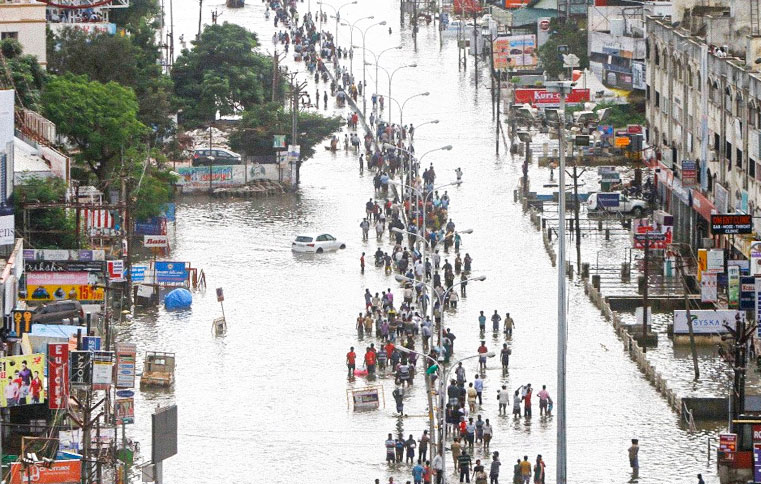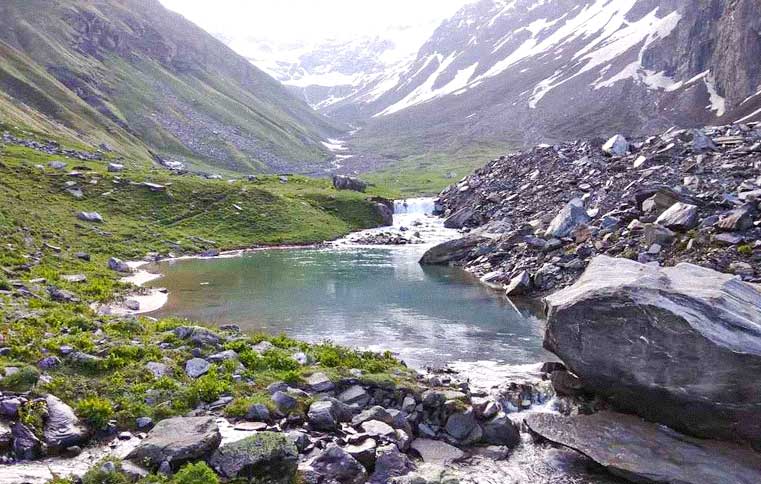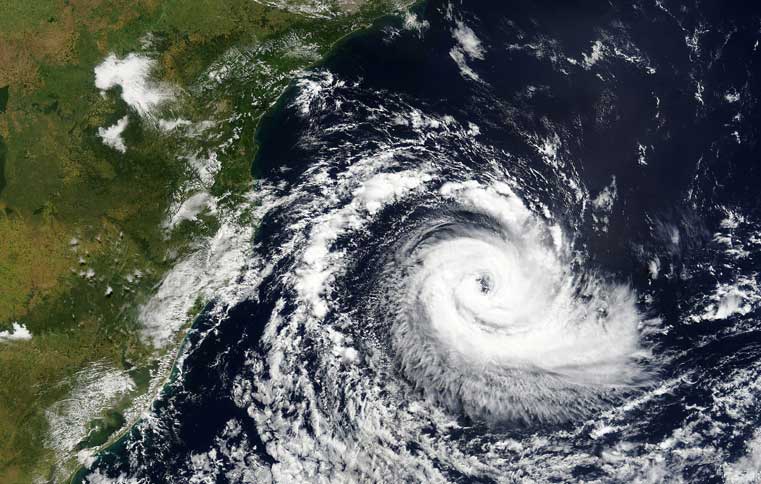Climate change and its implications on water resources
By: Ishwari Latey | Date: 11th February 2020
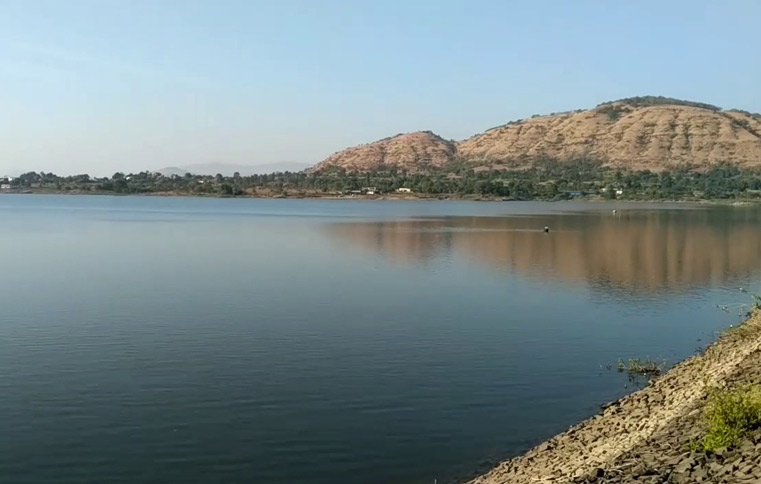 Image Source: Thrillophilia
Image Source: Thrillophilia
The relationship between climate and water is very intricate and complex. We live on a blue planet where 70% surface is occupied by oceans. The recent catastrophic climate change, which has rapidly increased the CO2 level in the atmosphere to the shocking 405 parts per million in 2017, is an equalized to 800,000 years ago co2 level.
The climate scientists have been saying all along that one of the primary effect of climate change is water cycle disruption. But what are the direct links between water and climate change?
What is climate change?
Climate change is change in weather patterns such as rainfall and temperature over an extended period of time over a specific area.
Over the last few hundred years, human induced interventions such as emission of greenhouse gasses such as Co2 by extensive burning of fossil fuels has led to the increase in temperature rises on the surface, leading to various climate action such as warming on the ocean currents and irregularities in the weather patterns which are affecting billions daily.
Water and population: water is not everywhere.
Freshwater supply of the world is unequally distributed. Asia has one of the most population share with 60% of world’s population and a global water supply about 36%.
The unsustainable urbanisation coupled with high economic activities has caused many problems in terms of water supply management in the cities. The groundwater dependency is increasing day by day, and this groundwater resource depletion is drying out the underground water grounds are drying out the aquifers.
Precipitation pattern shifts: Climate change disrupts the water cycle and precipitation.
As temperatures rise and the air becomes warmer, more moisture evaporates from land and water into the atmosphere. More moisture in the air generally means we can expect more rain and snow (called precipitation) and more heavy downpours. Precipitation is likely to increase on the north and lesser in the equator region.
On average the world is already receiving more precipitation than in 100 years. As a majority of population is depending on the rainfall, this is indeed a concerning news.
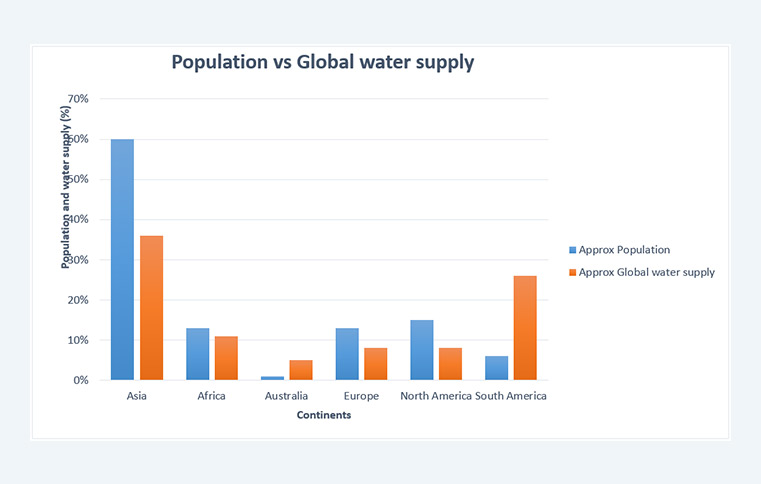
Melting Glaciers and snow Draught:
Called as natural water towers, the mountain run off is one of the major sources of water in some hilly areas. The ever increasing temperatures are melting off the glaciers at an unprecedented rate. Once the glaciers are melted they can’t be restored. And the areas which were dependent on them will have to find another source.
Also, the rapid glacier melting is likely to cause a sea level rise. If all the ice now contained on the Antarctica is melted, sea level would rise up to 200 feet.
This is indeed a scary news for all the coastal cities of the world. Further complicating mountain water storage capability is the greater likelihood that warmer temperatures make precipitation fall as rain rather than snow, sometimes called “snow drought.”
When snow and ice collect on mountaintops, the snowmelt releases water slowly – to streams, rivers and reservoirs – throughout the spring and summer. On the other hand, when rain falls on mountaintops, especially during the winter, water runs off and quickly fills reservoirs to capacity, which can result in excess water runoff that can’t be stored.
Because rain flows faster than melting snow, levels of soil moisture and groundwater recharge may be reduced. Areas that rely on meltwater as their primary freshwater source could increasingly experience water shortages, especially towards the end of summer, and will have to seek other sources.
Climate change and algal blooms:
The ever warming temperatures is giving rise to harmful “algal blooms” which can rise in rivers lakes and oceans around the world.
The algal bloom is intensified by nutrient pollution, where the heavy metal concentration acts a fuel for toxic algae which is very harmful for the surrounding and environment.
Indian scenario:
For India which has a vast coastline, the climate change implications are enormous. In 2016, country reported high number of deaths due to extreme conditions.
Declining in the monsoon since 1950s has been recorded, economic survey 2018/19 shows that the year when the rainfall drops by 100mm, farmer income would drop by 15% in kharip season and 7% in rabbi season. Due to high population and economic pressures, water is disappearing off the river basins.
All these and much more climate induced situations calls for better adaptation management policies in the very near future.
References:
A students Guidd to Global Climate Change: Changing Rain and Snow Patterns. (2017, May 5).
Demuth, P. D. (n.d.). Assessment of Climate Change Impacts on Water Resources and How to Adapt.
Lahiry, D. S. (2018, March 3). Climate change and its impact on water resources.
The Impact of Climate Change on Water Resources. (2018, November 10).





